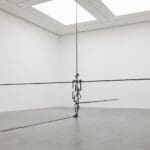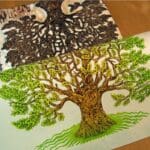Painter Leon Polk Smith Turned to Abstraction to Explore Notions of Identity and Race
Leon Polk Smith: OK Territory, 1943. © LEON POLK SMITH FOUNDATION/COURTESY LISSON GALLERY, NEW YORK
Leon Polk Smith’s position in postwar art has always been ambiguous. One reason may be the myth that New York in the 1950s had no room for anything but Abstract Expressionism; as a contemporary of Willem de Kooning and Mark Rothko, his work could seem an anomaly on the postwar American art scene. Smith, who died in 1996 and is currently the subject of a retrospective at Haus Konstruktiv in Zurich, seems ripe for reconsideration. While he has always been filed under the rubric of hard-edge abstraction, he blazed an independent path in pursuit of an abstract art responsive to the tensions and forces in and beyond form. His abstraction has a subject, based on his own life experience, and it has something to tell us about a theme that has become more topical in our time: identity.
As a man of mixed race, Smith must have felt something of an outsider in the New York art world. He was born in what was Indian Territory in 1906, the year before it was admitted to the union as Oklahoma, the 46th state. His parents, both partly of Cherokee extraction, had moved there from Tennessee; the people among whom he grew up were predominantly Choctaw and Chickasaw, members (like Smith’s Cherokee ancestors) of the “Five Civilized Tribes” that had been forcibly removed from the Southeast in the 1830s. After graduating from high school, he worked as a rancher, among other jobs, before heading to Oklahoma’s East Central State Normal School (now East Central University) in 1931 for a degree in English, and it was there, in his final year, that—having never set foot in a museum, met an artist, or seen a serious work of painting—he took an art class and experienced it as a revelation: “I felt very strongly … that I had always been an artist,” he said in a 1985 interview.

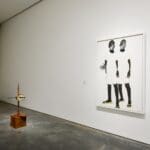
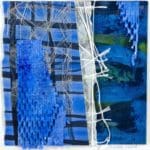



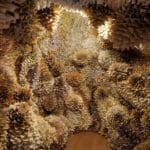



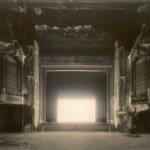






![Artist Shares Secrets of How To Draw Incredibly Realistic Portraits [Interview]](https://artistvenu.studio/wp-content/uploads/2023/12/Screenshot_242-150x150.jpg)



